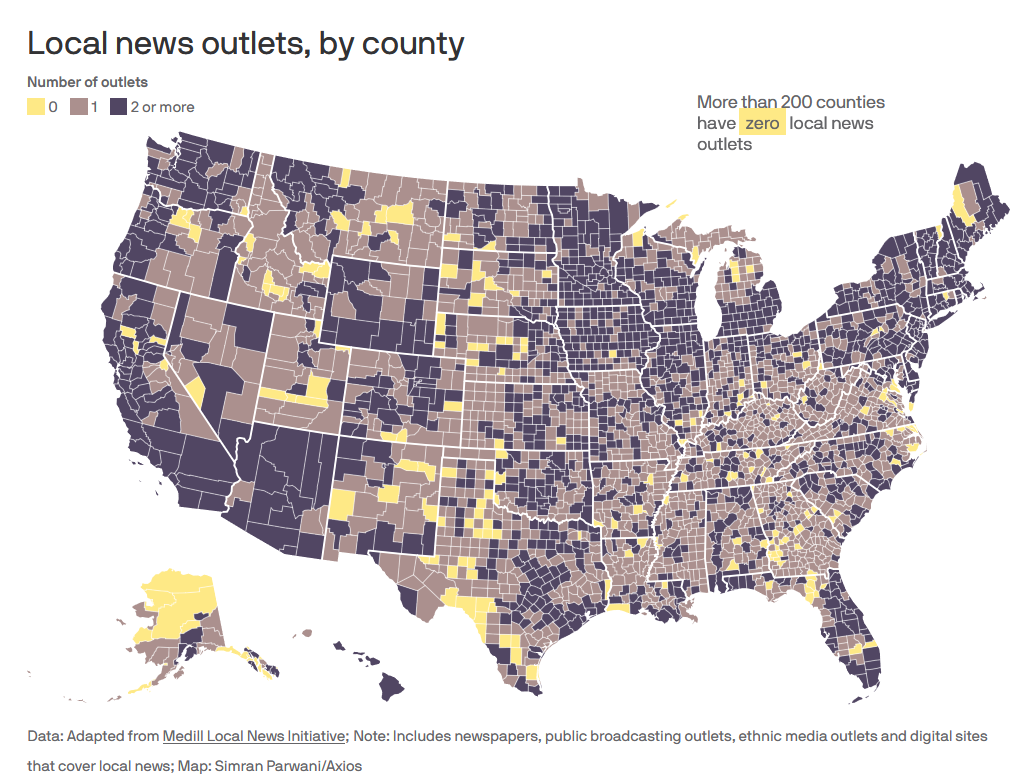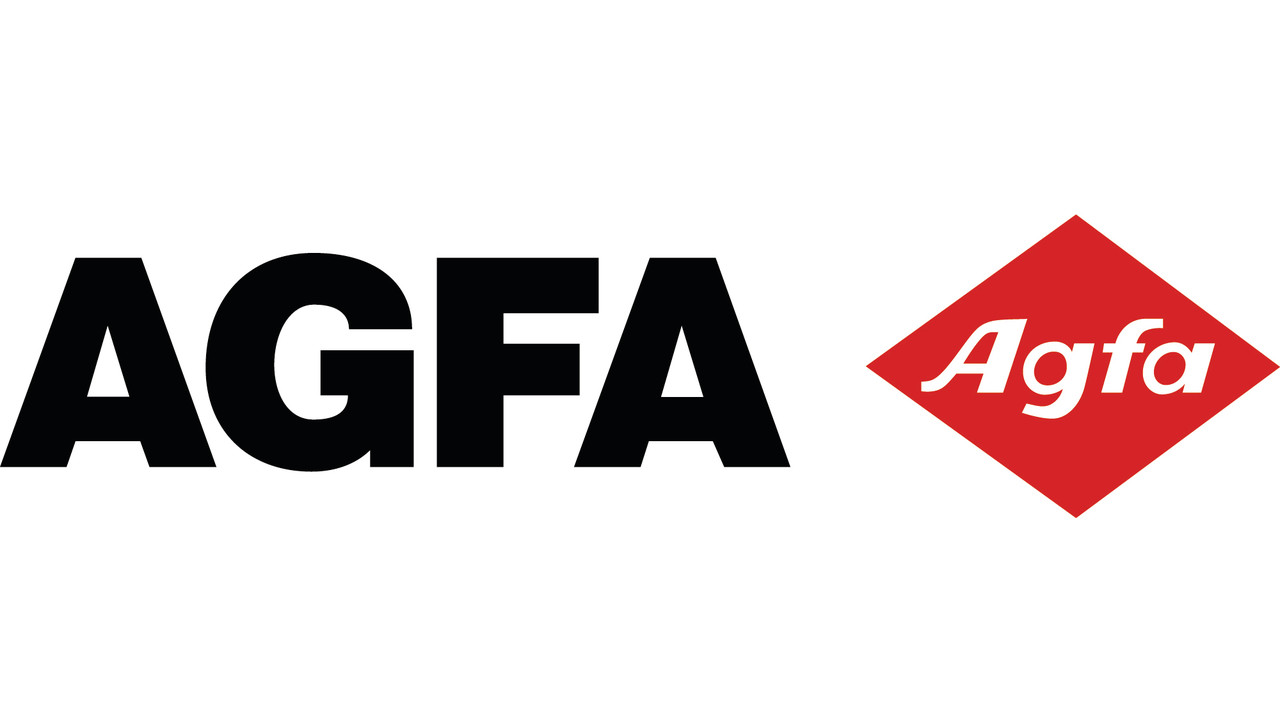One-third of U.S. newspapers as of 2005 will be gone by 2024
The decline of local newspapers accelerated so rapidly in 2023 that analysts now believe the U.S. will have lost one-third of the newspapers it had as of 2005 by the end of next year — rather than in 2025, as originally predicted.
Why it matters: Most communities that lose a local newspaper in America usually do not get a replacement, even online.
By the numbers: There are roughly 6,000 newspapers left in America, down from 8,891 in 2005, according to a new report from Northwestern’s Medill School of Journalism, Media, Integrated Marketing Communications.
- « We’re almost at a one-third loss now and we’ll certainly hit that pace next year, » said the report’s co-authors — Penelope Muse Abernathy, a visiting professor at Medill, and Sarah Stonbely, director of Medill’s State of Local News Project.
- Of the papers that still survive, a majority (4,790) publish weekly, not daily.
What’s happening: Over the past two years, newspapers continued to vanish at an average rate of more than two per week, leaving 204 U.S. counties, or 6.4%, without any local news outlet.
- Roughly half of all U.S. counties (1,562) are now only served with one remaining local news source — typically a weekly newspaper.
- Abernathy and Stonbely estimate that 228 of those 1,562 counties, or roughly 7% of all U.S. counties, are at high risk of losing their last remaining local news outlet.
Be smart: Minorities and poorer people without access to high-speed broadband are far more likely to live in areas that are news deserts or at risk of becoming one.
- The counties at risk of becoming news deserts are located in high poverty areas in the South or the Midwest, often ones that serve significant Black, Hispanic and Native American populations.
The intrigue: Hedge funds that bought up big chunks of the newspaper industry in recent decades have pulled back.
- Those companies bought hundreds of newspapers seeking to squeeze extra profits from them at the margins as they declined.
- But several industry shifts in the past year, including a dramatic advertising slowdown, have forced the funds to dump papers quicker than they expected.
- Ironically, newspapers are increasingly being sold back to family-owned newspaper chains, if they aren’t shuttered. But those groups aren’t nearly as profitable as the major family-owned newspaper firms of the 1990’s.
The big picture: There isn’t enough investment in digital news replacements to stop the spread of news deserts in America.
- The footprint for alternative local news outlets is tiny and they are mostly clustered around metro areas that already have some local coverage.
- The report estimates that — for outlets focused on state and local news — there are roughly 550 digital-only news sites, 720 ethnic media organizations and 215 public broadcasting stations in America, compared to 6,000 newspapers.
The big picture: The lack of a market solution to the local news crisis has prompted regulators and philanthropists to scramble for alternatives.
- A coalition of non-partisan philanthropies plans to commit more than $500 million over the next five years to initiatives that support local journalism.
- State and federal lawmakers are considering a wide array of regulatory solutions — everything from news vouchers to tax credits.
The bottom line: The divide between those with access to quality local news and those who don’t is growing in America.
- The authors of the report argue that dynamic « poses a far-reaching crisis for our democracy as it simultaneously struggles with political polarization, a lack of civic engagement and the proliferation of misinformation and information online. »
Data: Adapted from Medill Local News Initiative; Note: Includes newspapers, public broadcasting outlets, ethnic media outlets and digital sites that cover local news; Map: Simran Parwani/Axios










































